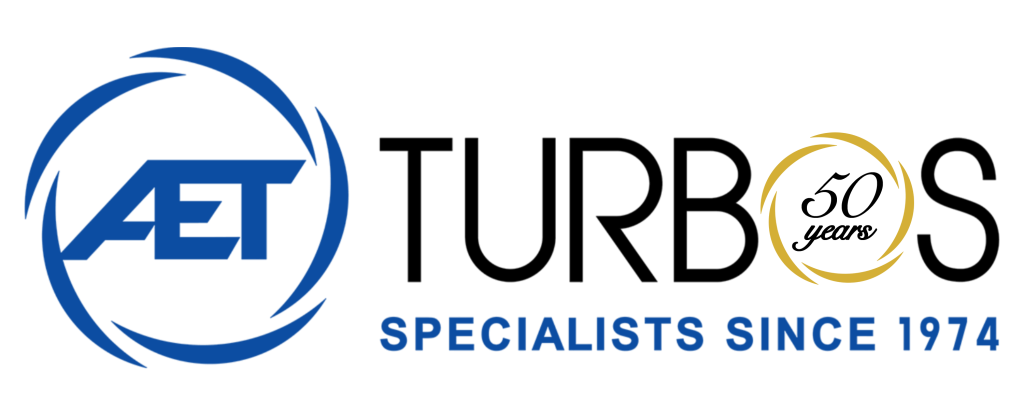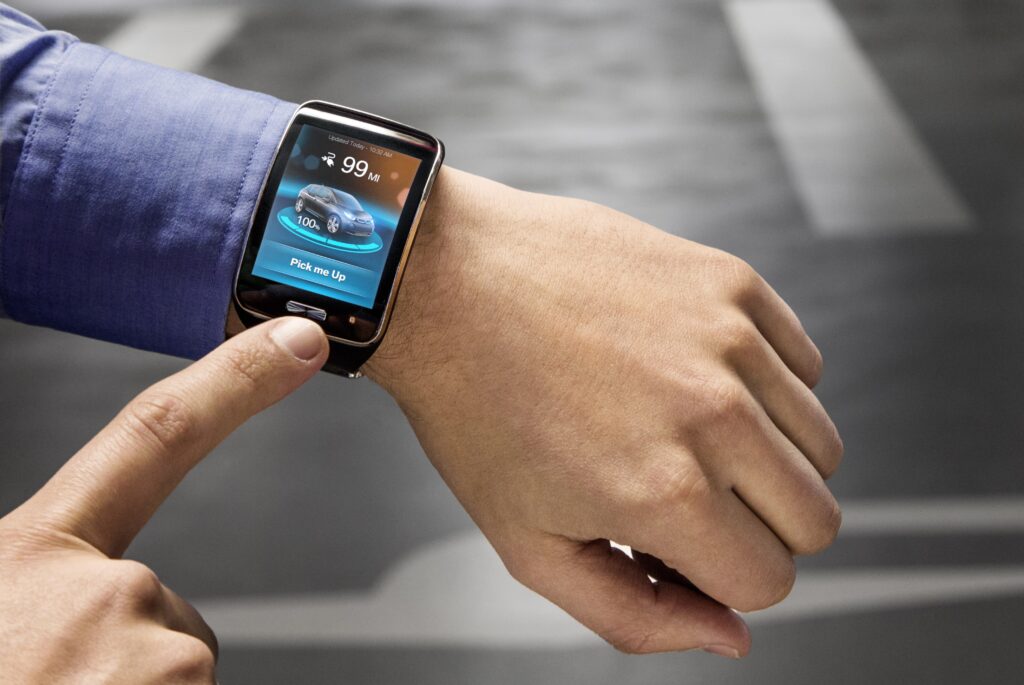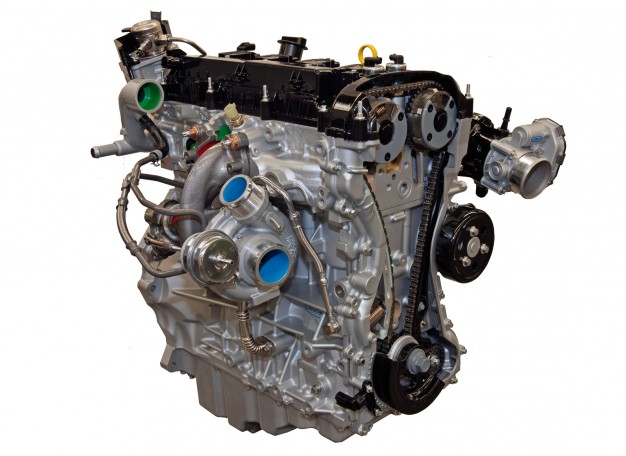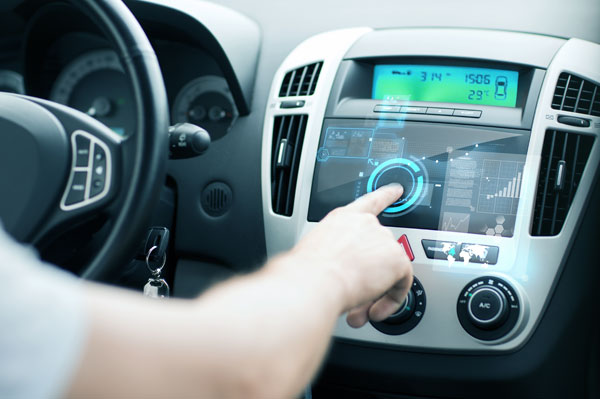AT AET, we’re always looking out for the latest developments in turbo tech – and earlier this month, French company Valeo has announced the development of a new electric turbocharger that promises to completely eliminate turbo lag.
In this post, we examine the new turbo technology, and look at the future of electric turbocharging as a whole, examining its benefits, downsides, and some near-future applications.
The Valeo System
Unlike traditional turbochargers, which use kinetic energy from waste exhaust gases to power the turbines, the new Valeo system utilises a separate independent electric motor.
Even when not in operation, this electric motor spins the turbo’s impeller at 10,000rpm, which means that as soon as the driver hits the throttle, airflow will increase, without having to wait for the turbo to spool up.
In addition, this electric system is capable of spinning the turbine from 0 – 70,000 RPM in under a second, providing unprecedented responsiveness and performance.
The benefits and downsides of the electric turbocharging
The benefits to electric turbocharging are fairly clear – instant boost across the rev range with absolutely no lag, and quantifiable power and efficiency gains.
On the downside, the advanced electronic components and premium parts found in the Valeo system and other pioneering electric turbochargers are currently much more expensive than traditional exhaust powered turbos.
In addition, electric systems need a lot of power to run (the Valeo system needs 48v) which means additional electronics. This adds to the complexity of the vehicle, and has the potential to increase weight and reduce the efficiency and reliability of the unit.
However, if manufacturers twinned the electrics with some kind of regenerative braking system like those found on the F1 vehicles, then this could increase the efficiency of the turbo system by 15-20% or more!
Real world applications
Whilst the concept of electric turbocharging has been around for sometime, up until recently, it was reserved for one off projects and specialist racing. Now, following a successful test at Pike’s Peak, the technology looks set to be brought to the passenger car market for the first time, with Audi hinting at the release of an SQ7 with an electric turbo as early as 2016.
This year, other mainstream manufacturers, like GM, Mercedes and BMW have also hinted that they are considering using electric turbocharging in the near future.
Engineers have been looking for ways to eliminate turbo lag since turbocharging was in its infancy, and electric turbocharging does look to provide a good solution. In the mid-term, electric turbocharging could render the twin turbo obsolete, as a single electric turbo can provide boost across the whole rpm range.
As component prices come down, and regenerative braking technology makes its way into the passenger car market, it could become commonplace, as part of the auto industry’s on-going drive for efficient motoring.
What’s happening at AET
As turbo specialists, we’re really interested in ways of reducing turbo lag, and the R&D department over at AET Motorsport have just finished examining a vehicle with an advanced Zerolag system fitted to it.
Known as The Rocket, it’s an immaculate, custom-built 330hp Impreza – and now we’ve finished our research, it’s up for sale! Find out more about the project, and how you can get your hands on the unique, one-of-a-kind racer.
For further information, get in touch with a friendly member of our team today on 01924 588 266, or email [email protected].



